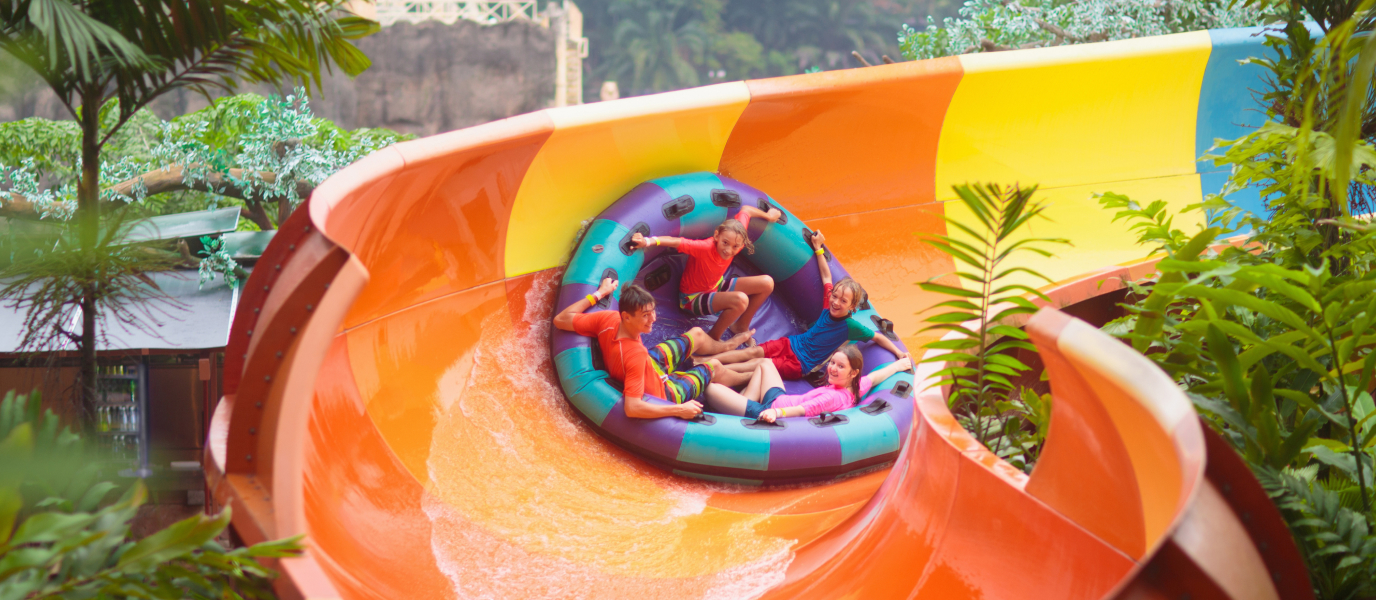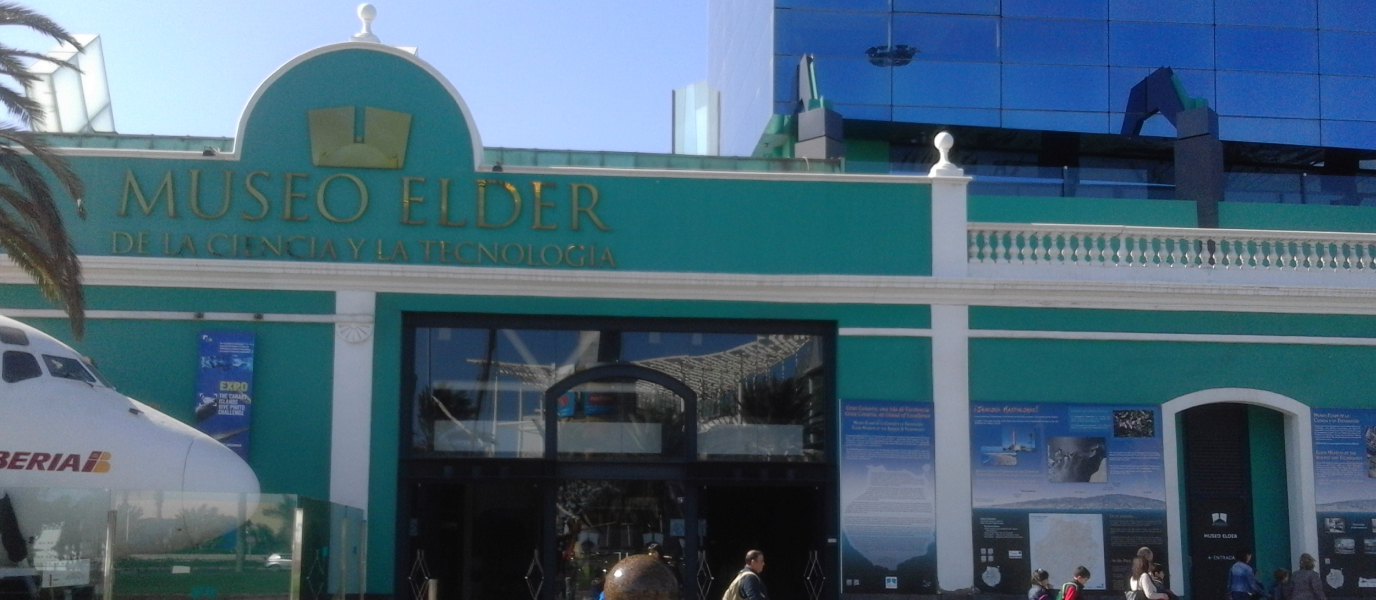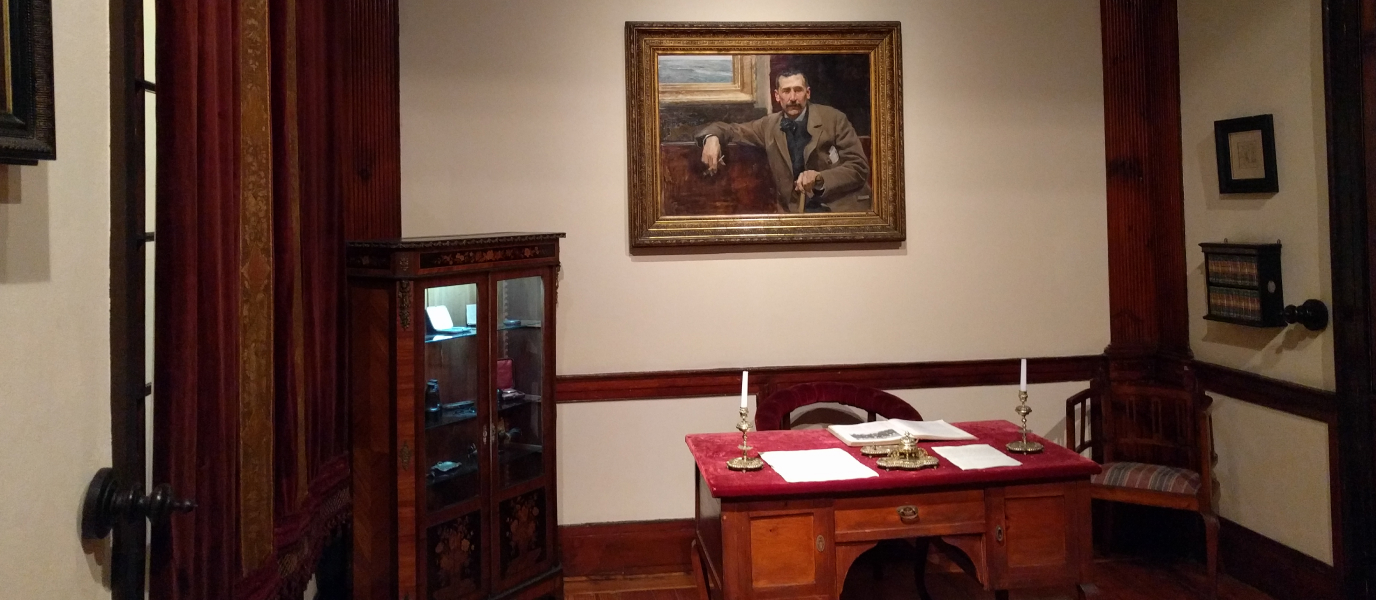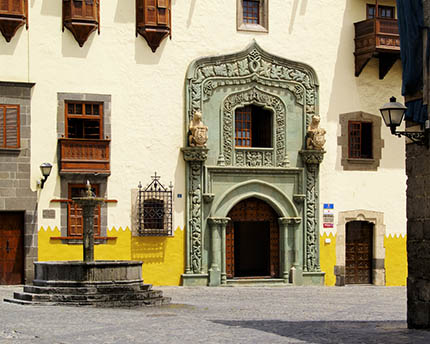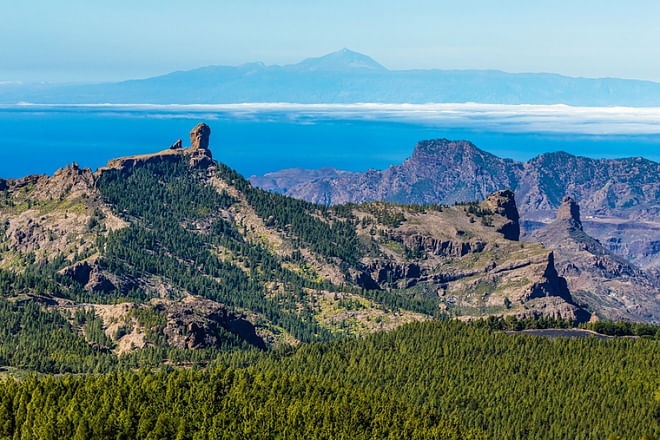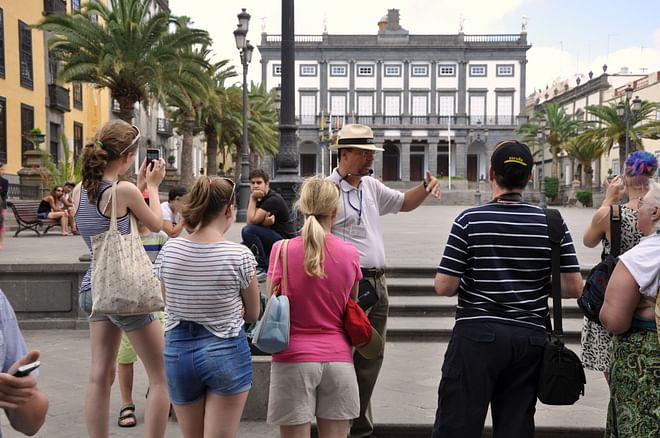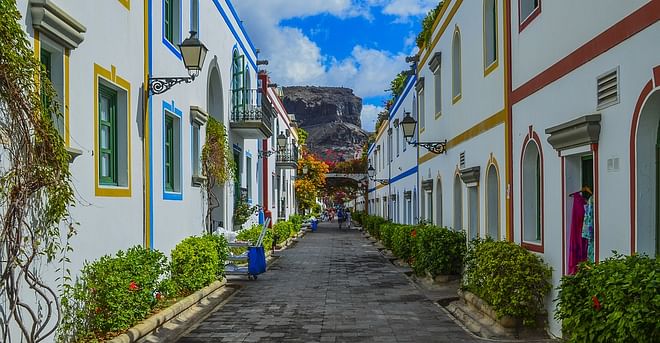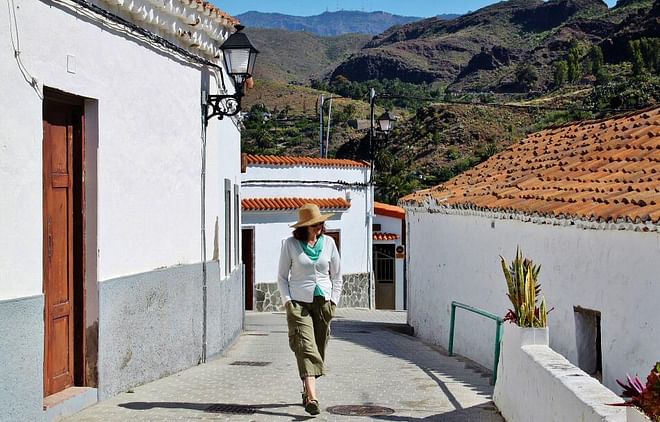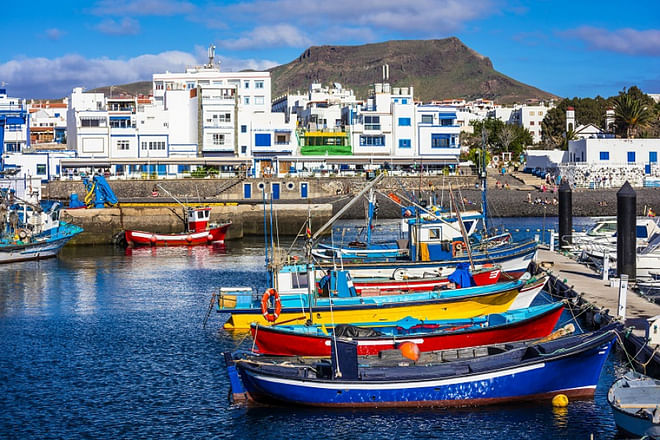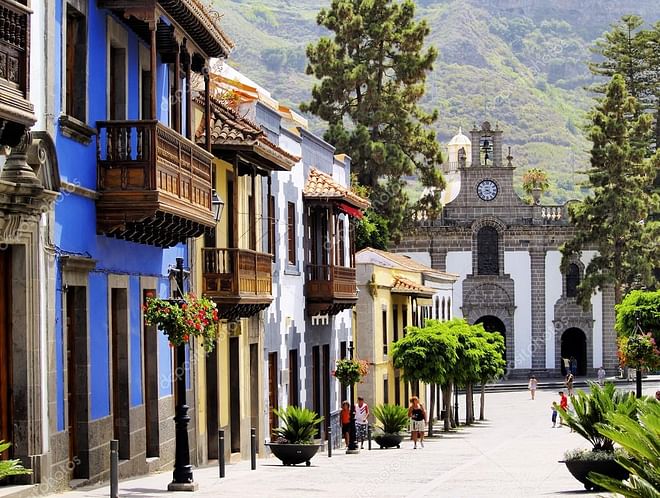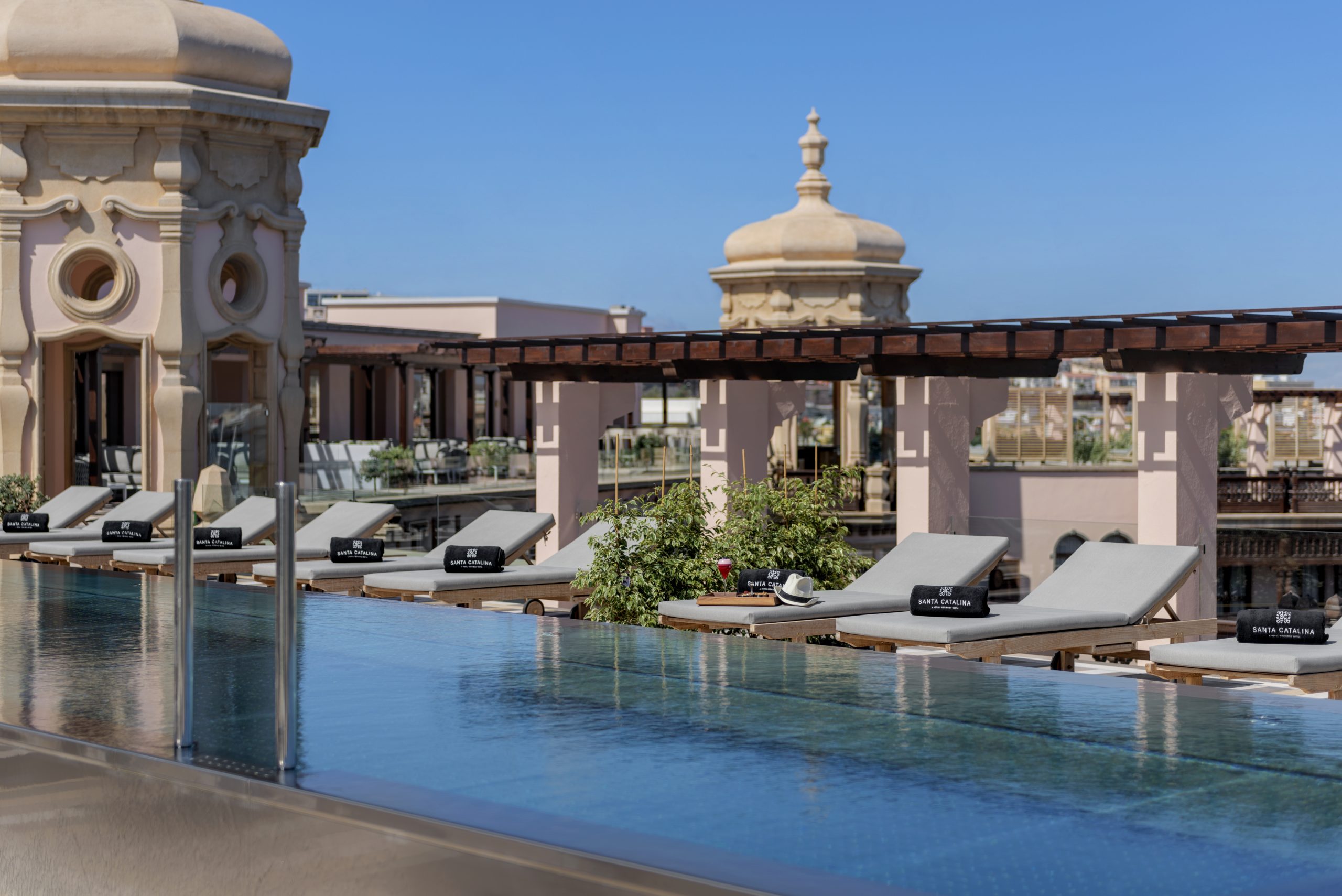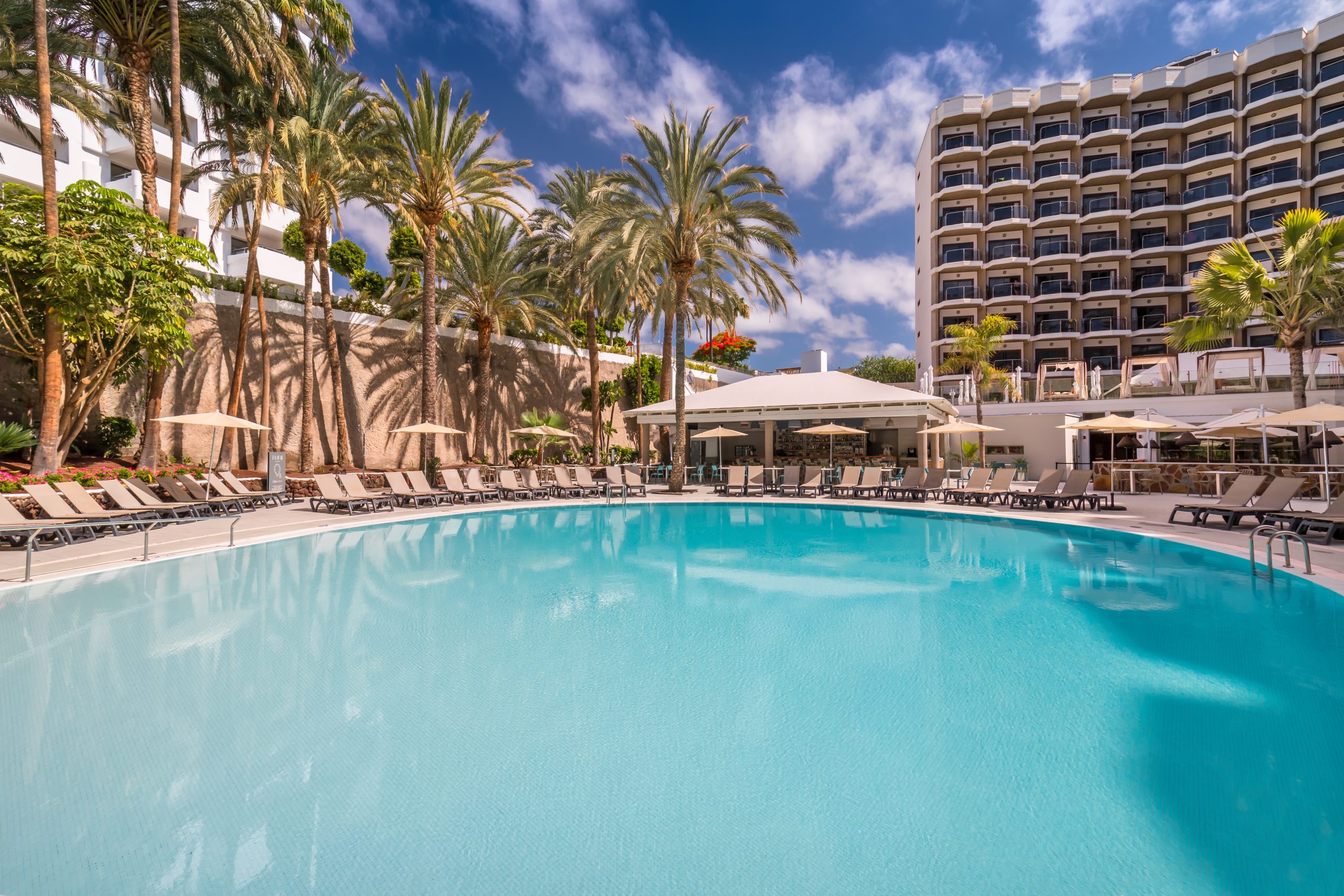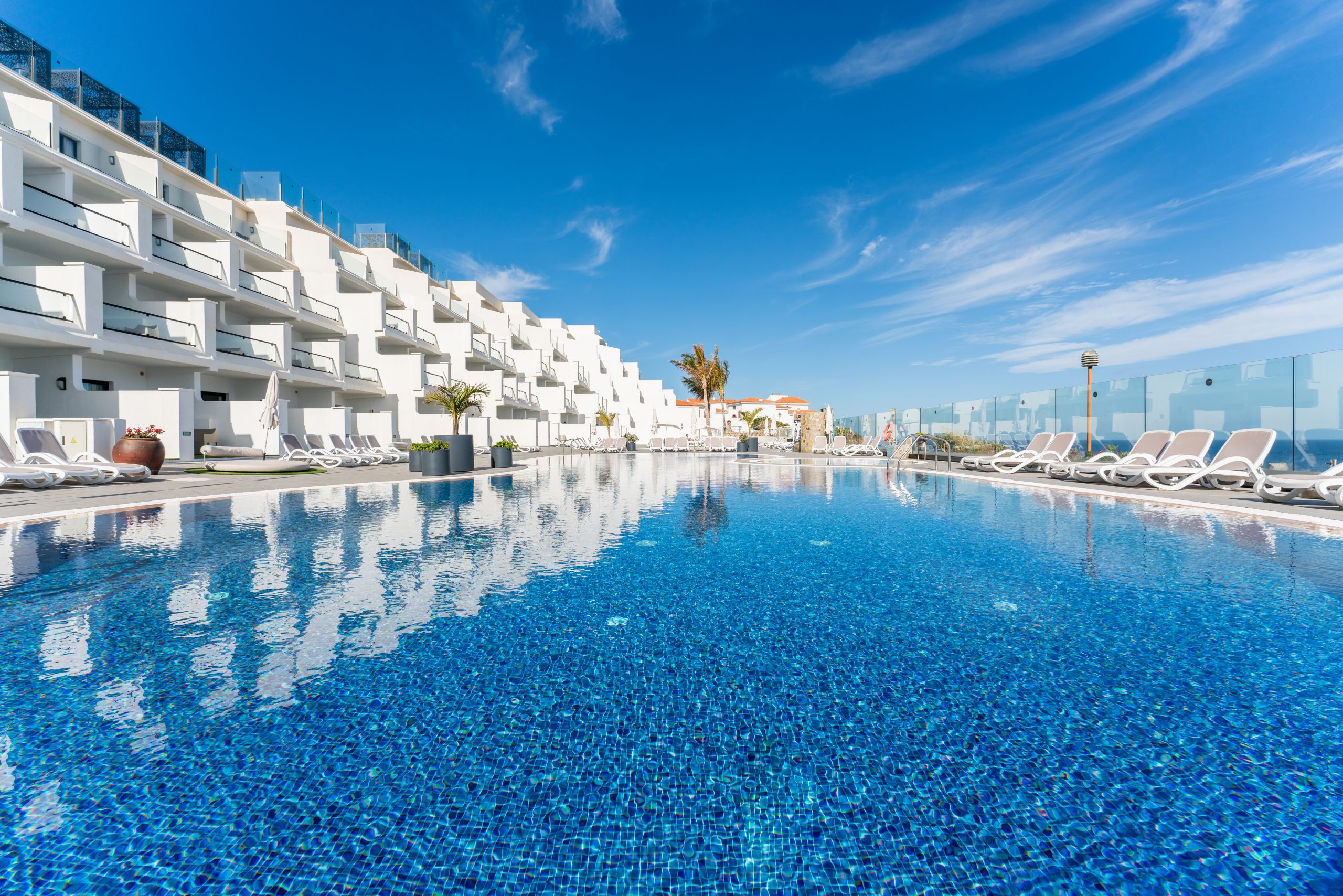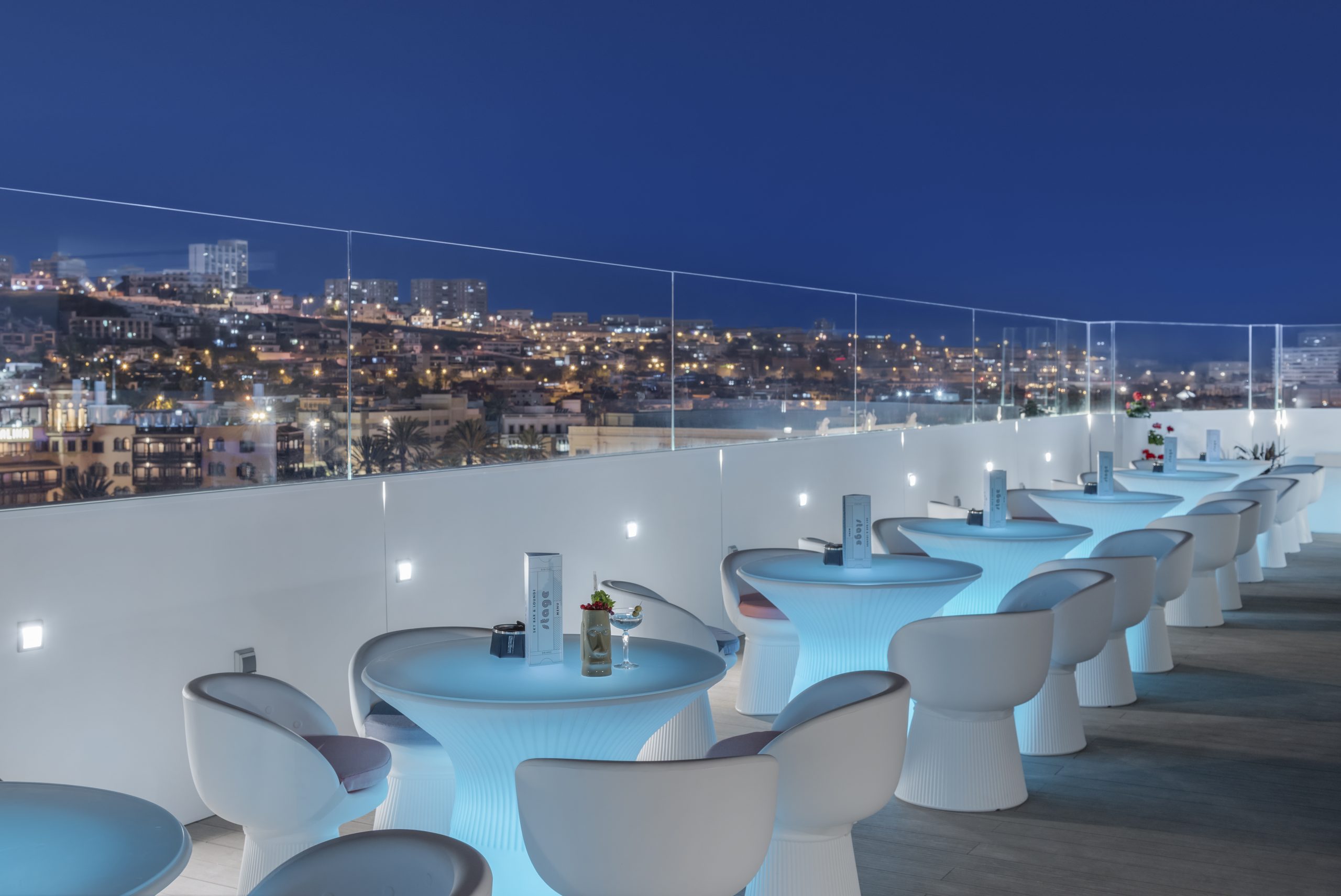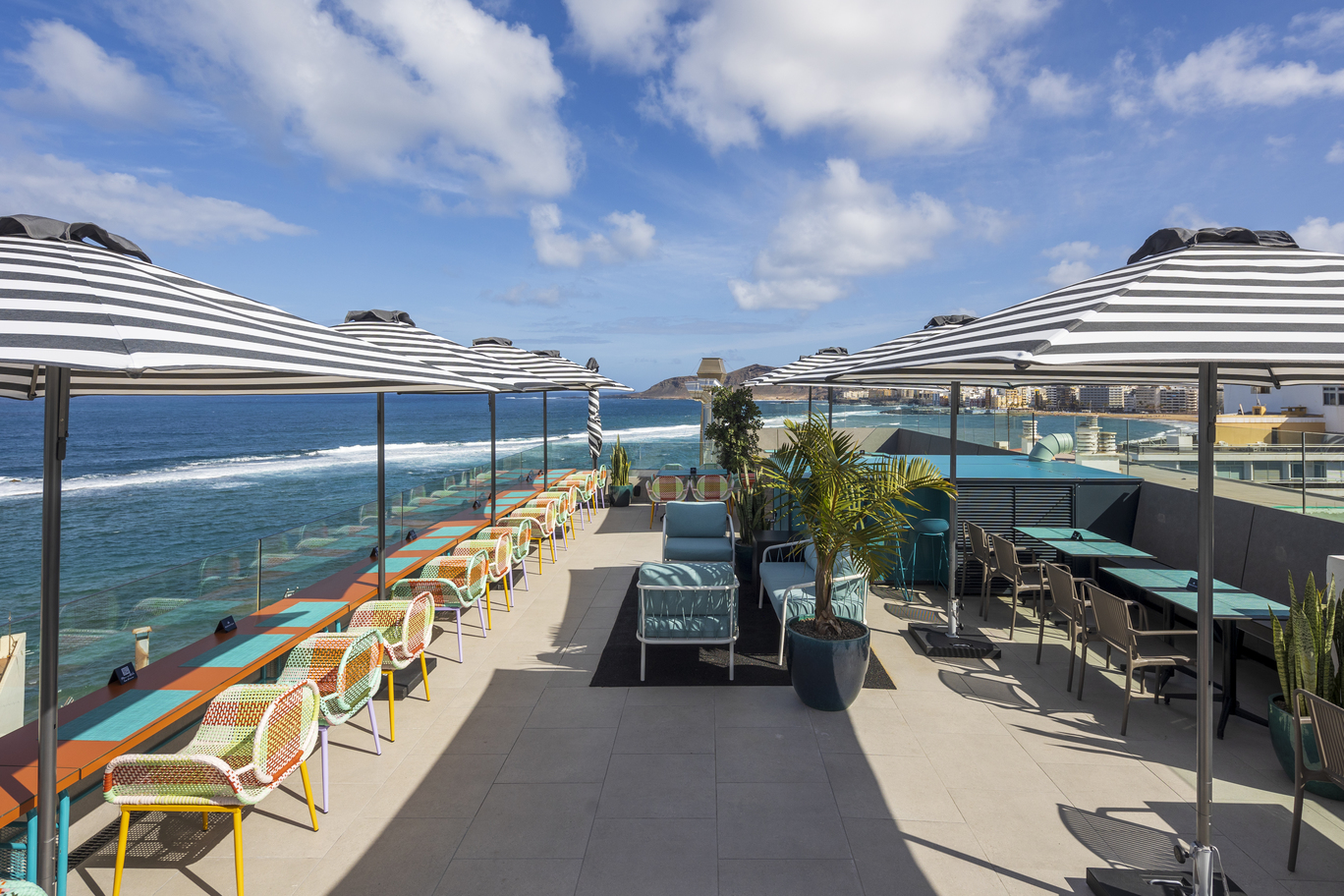The historical neighbourhood of Vegueta – the oldest part of the city of Las Palmas de Gran Canaria – has some of the richest cultural heritage in the local area. This Artistic Heritage Site has many of the island’s great attractions, including a cathedral founded by the Catholic Monarchs that boasts a blend of styles from Gothic through to Neoclassicism.
If museums are on your list of must-see attractions, you’re in the right part of town. Both the Casa-Museo Pérez Galdós and the Casa de Colón have wonderful collections housed inside beautiful buildings. If you want to delve deeper into the history of Gran Canaria, the best place is the Museo Canario. Its permanent exhibition about the indigenous people who came here from the north of Africa, leaving behind clues to their lives in the form of objects and remains, makes this one of the best museums in Las Palmas. It’s also a great opportunity to get young minds interested in the island’s past. Read on as we take you on a tour of the museum.
History of the Museo Canario
It was Doctor Gregorio Chil y Naranco and the historian Agustín Millares Torres, both members of the city’s intellectual elite, who in 1879 first came up with the idea to found the museum as a way to develop the cultural scene in Las Palmas. Canarian antiquities had already aroused substantial interest among the local community and it was quite common for people to collect objects that they found.
Anthropology was a growing discipline in France and several founding members of the Museo Canario were in contact with experts in the field. The discovery of the remains of European early modern humans also encouraged many people to study the history of the island’s inhabitants. In addition to native culture, the museum also wanted to promote branches of literature, science and the arts with connections to the Canary Islands.
The museum opened its doors on 24 May 1880 on a floor of the Las Palmas Town Hall building. The collection expanded at such a rate that before long the museum had to seek new premises. Thankfully, Doctor Chil gifted his own house to the Museo Canario in his will, along with his archaeological collections and his library of more than 7,000 books.
The museum couldn’t be moved to its permanent location in Vegueta until 1923, and the economic crisis at the time meant it wasn’t officially opened until 1930. Its public events and exhibitions would forever enrich the culture in the city. The museum survived tough times and faced an uncertain future. However, in the 1980s it was modernised to showcase its most important collection: the archaeological remains of Pre-Hispanic cultures on Gran Canaria.
The restoration and reorganisation of the museum during that period was crucial to creating a modern exhibition space. The museum also hosts prehistory researchers and specialists who use the collection to document and study the past of the human race. The Museo Canario undoubtedly guards a rich heritage – visit it for yourself to discovery its exciting collection.
What to see in the Museo Canario
There’s one clear thread running through the permanent exhibition: the Canarios, or native people of the Canary Islands. You’ll discover what life was like for these humans. They came to Gran Canaria from the north of Africa and lived on the island from the ancient past until the 15th century, when the Spanish conquest made its mark. What funeral rites did they practise? How did they organise their villages? What objects did they make? Each room in the museum looks at a specific theme:
- Here is where you’ll find out about the environment in which the Canarios lived. Models and reconstructions give you an insight into what their homes and villages were like, including their cave-like dwellings.
- Stone technology. Stone was the favoured material among these first settlers. The display cases in this room highlight different types of objects, pots and tools, giving clues to the habits of the Canarios via the different items they used.
- Economic activity and natural resources. The native islanders relied mainly on agriculture, livestock farming and fishing. In this part of the exhibition, you’ll learn which cereal crops and animals were most common.
- Magic, religion and social customs. This room has numerous clay models – some human-like, some animal-like – which hint at the beliefs held by a native society which was largely organised around religion. We can use these and other objects to find out about their practices and rituals, especially those concerning fertility. This room also has a reproduction of the geometrically-adorned Painted Cave of Gáldar.
- Animal skin and plant fibres. Discover how the Canarios worked with different animal skins or fibres such as reed and palm leaves.
- Preparing the deceased. Possibly one of the most fascinating rooms in the museum. The native islanders prepared their dead in accordance with their social status. Several mummies recovered from archaeological sites are on display here.
- Physical anthropology. A substantial collection of skulls gives you an up-close look at the different bone traits of the Canarios.
- Palaeopathology and funerals. The exhibits in this room attempt to recreate the cemeteries of the time, which were always sited close to the living population. Palaeopathological studies also reveal which were the predominant diseases.
- Ceramic technology. This collection highlights how the Canarios made different clay pots by hand, using the clay coil method.
- Native ceramics from Gran Canaria. After learning about the technique, you can admire the different clay objects made by the islanders. The artwork they display is fascinating.
The vast archaeological collection is completed with other sections on fine arts, natural sciences and currency, as well as pieces originating from other places. The Museo Canario exists to preserve and promote the memory of the first settlers on Gran Canaria. The museum is suitable for all ages and is a great way to delve into the history of the island’s people.




































































